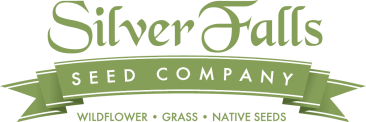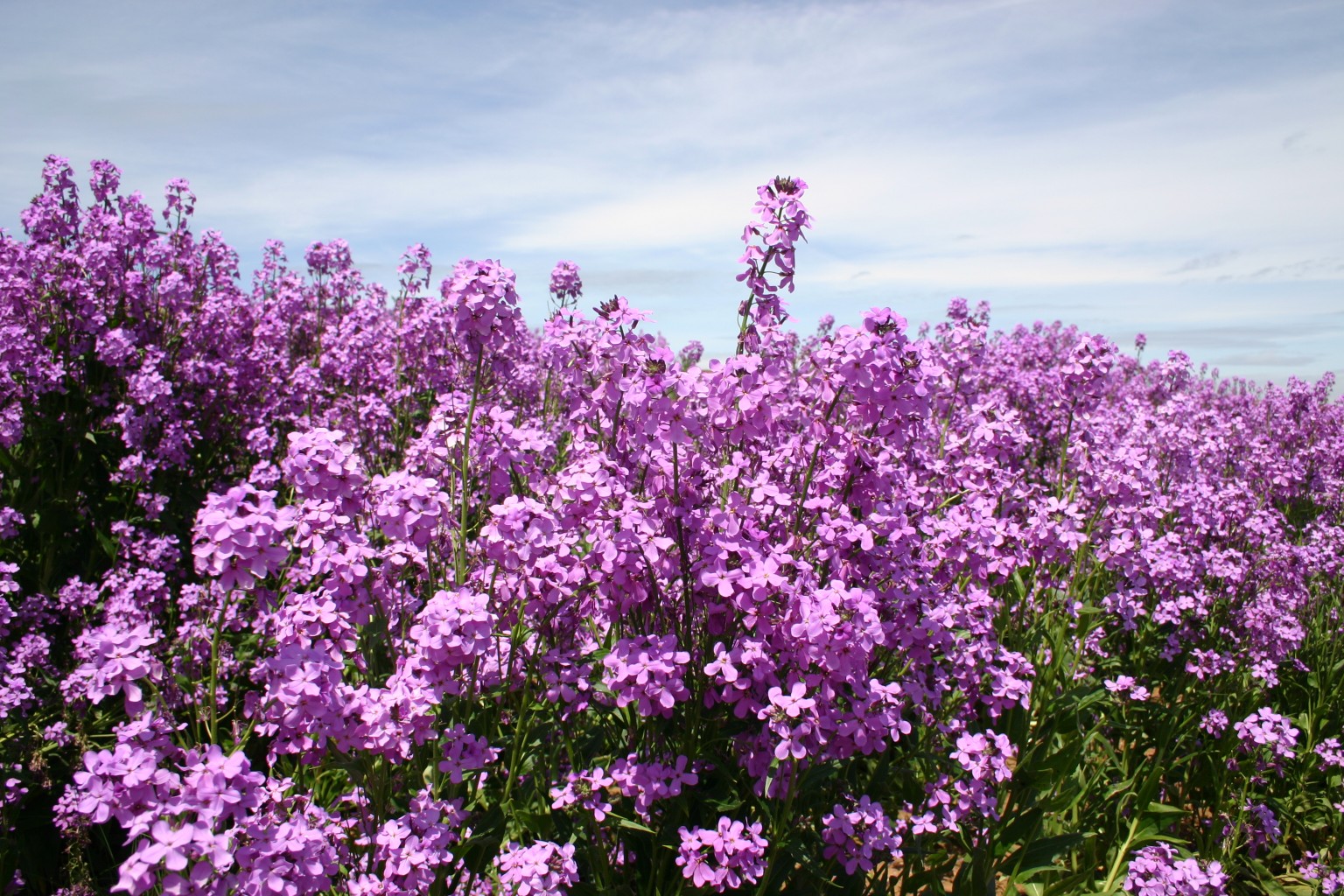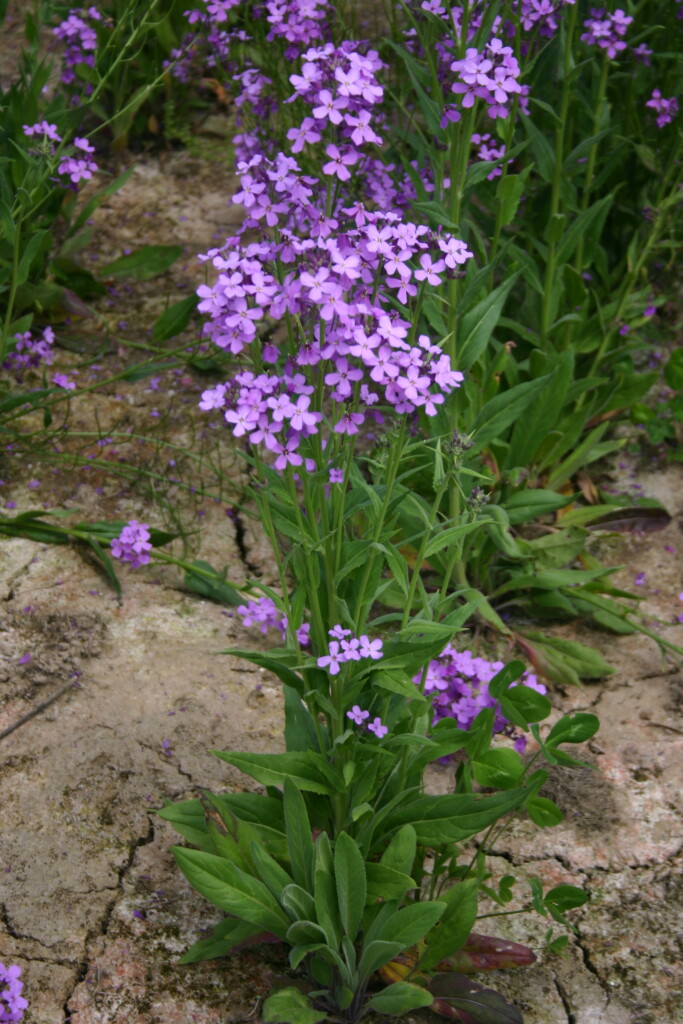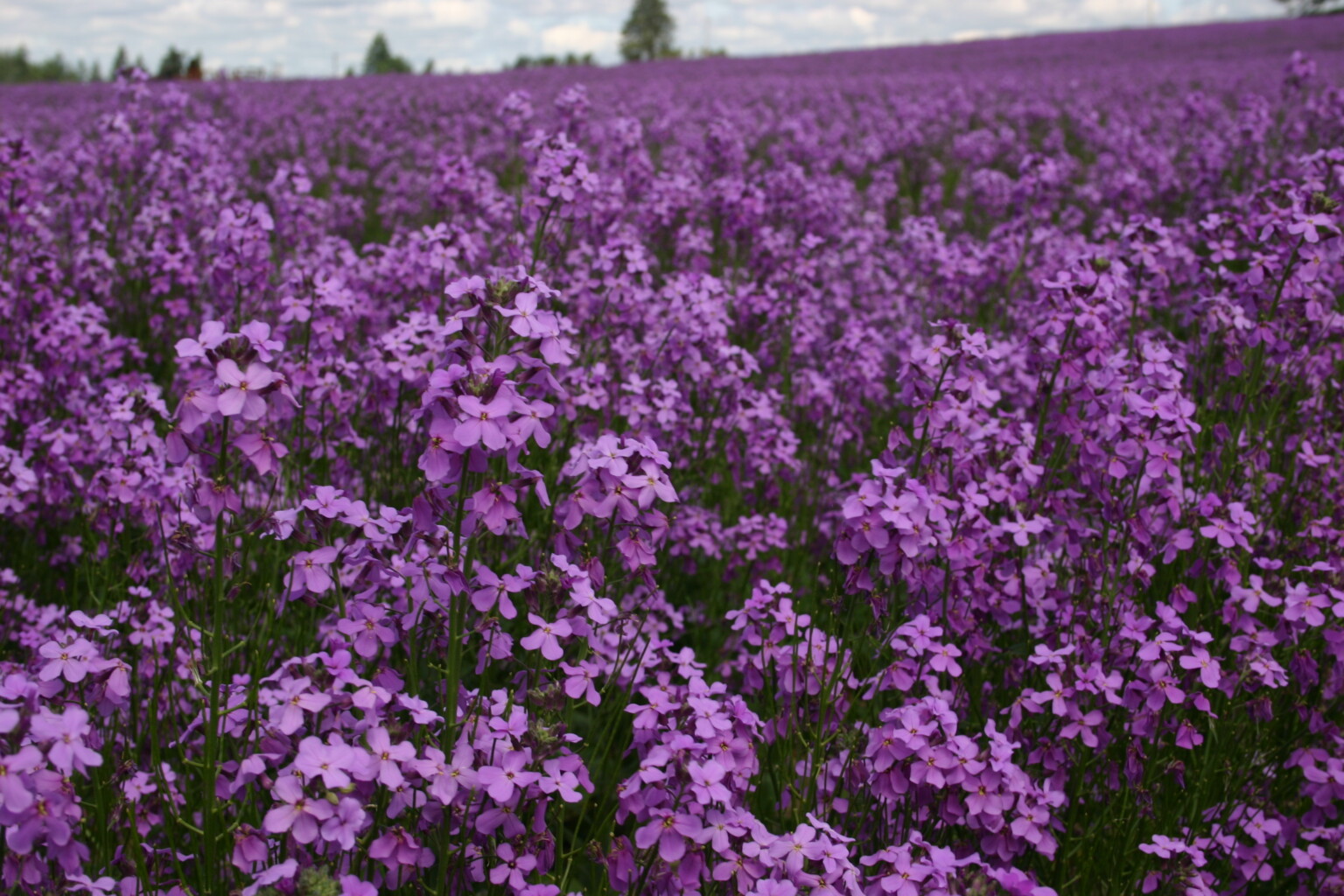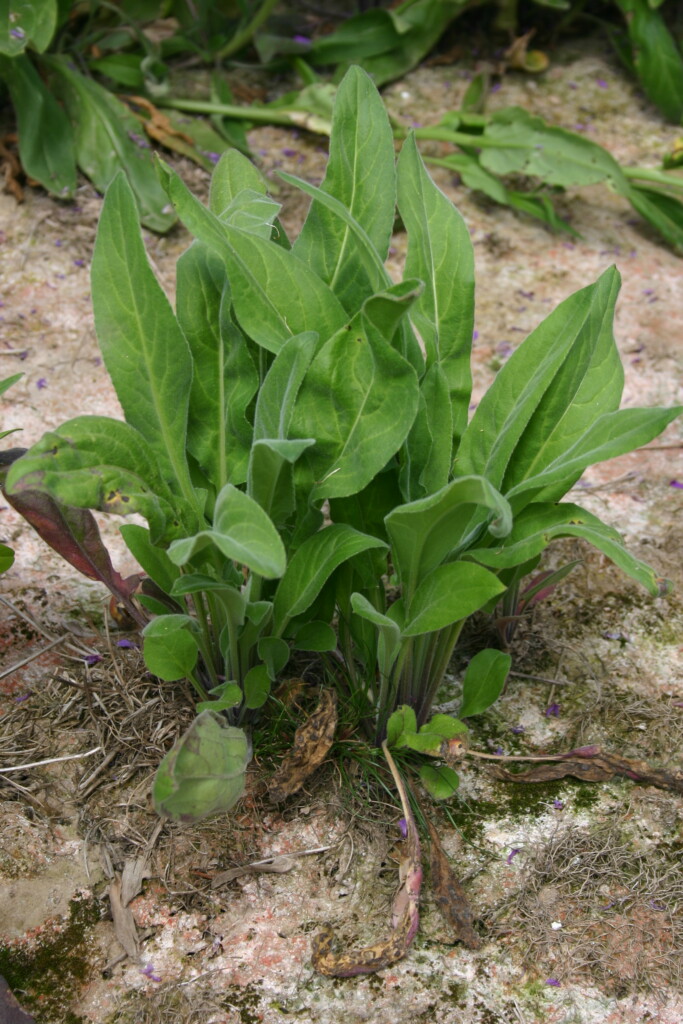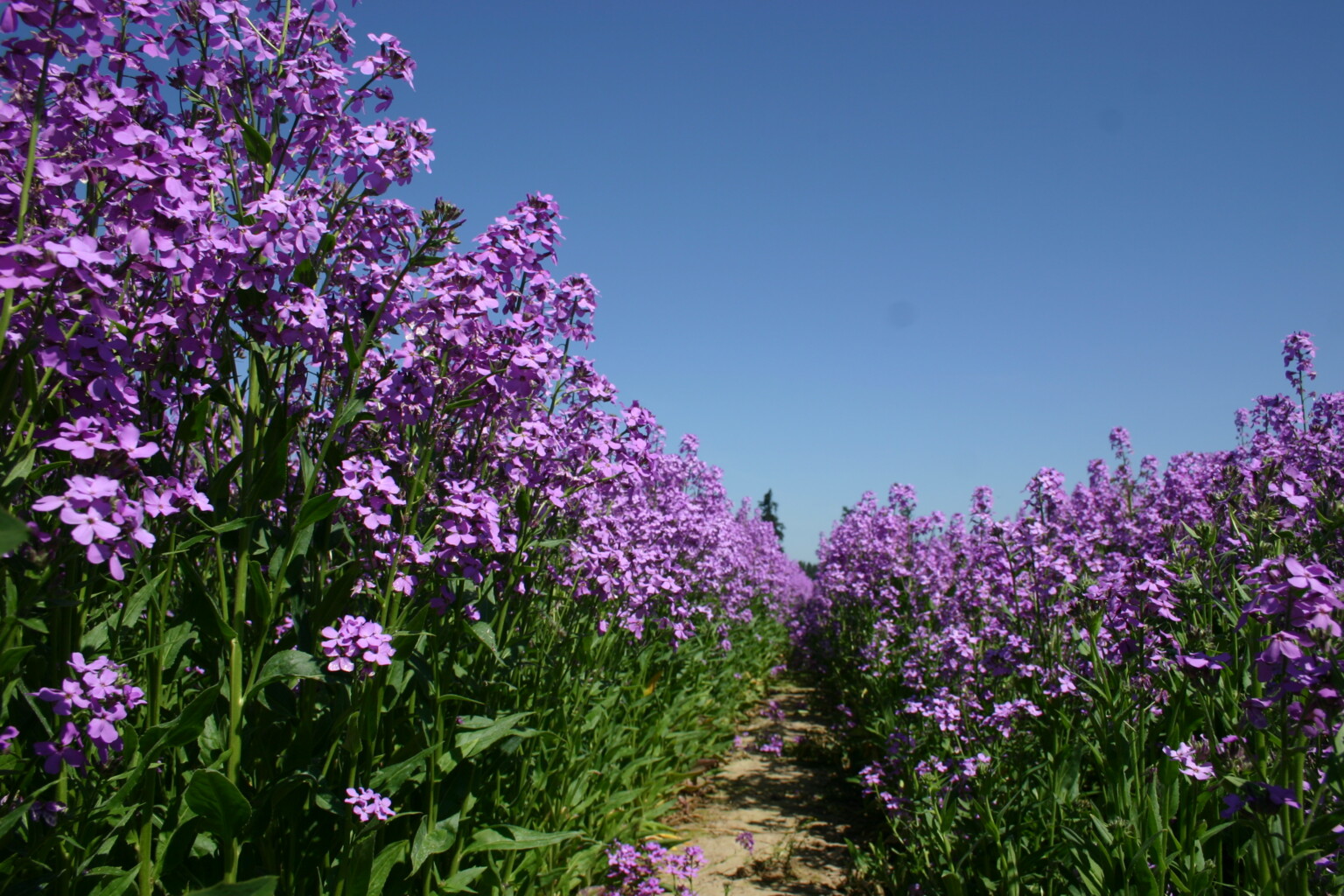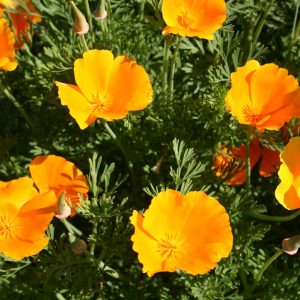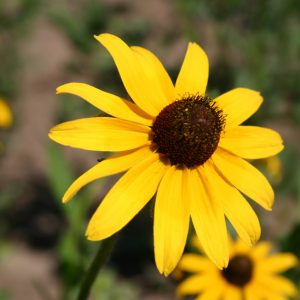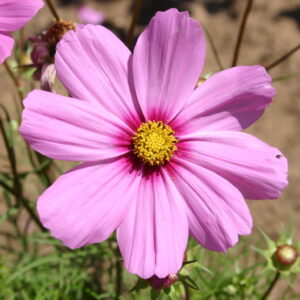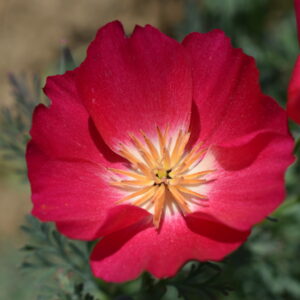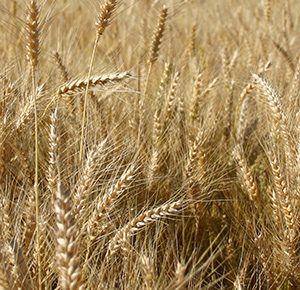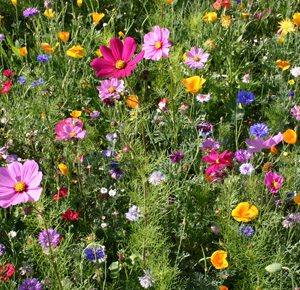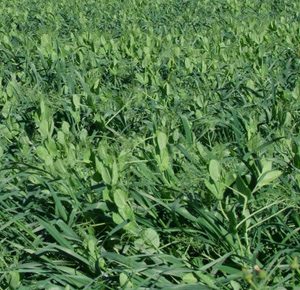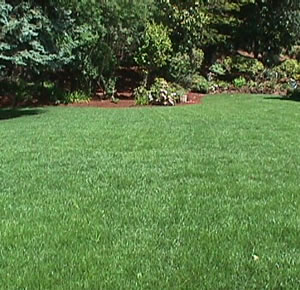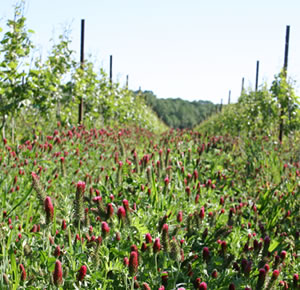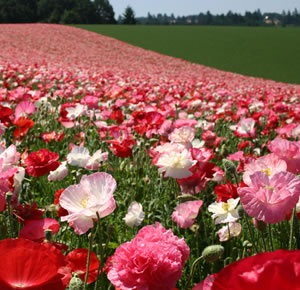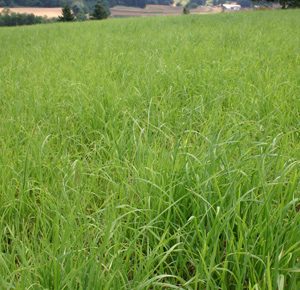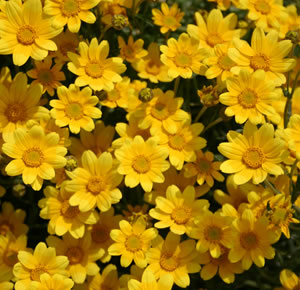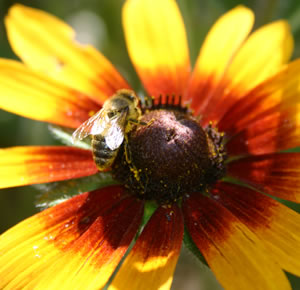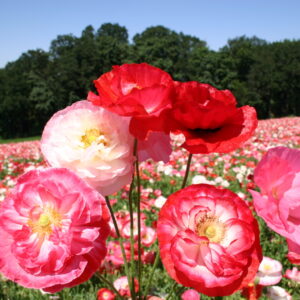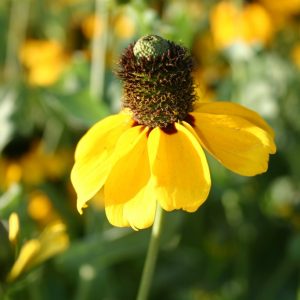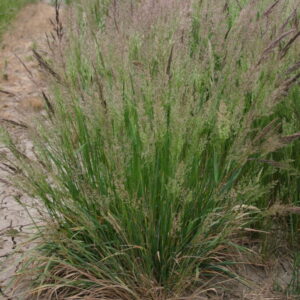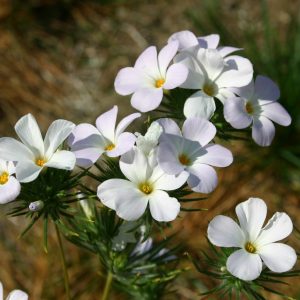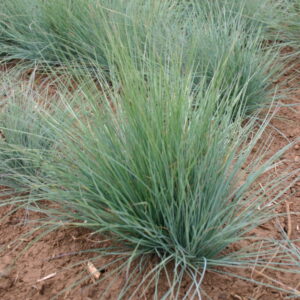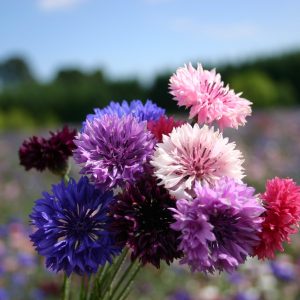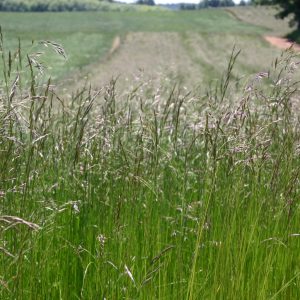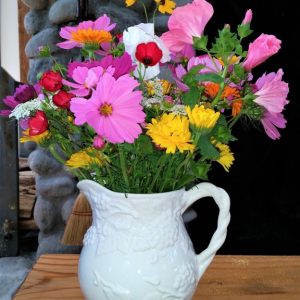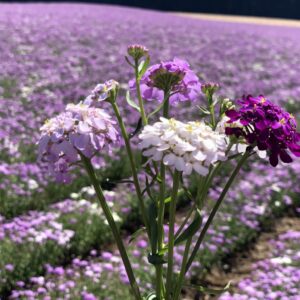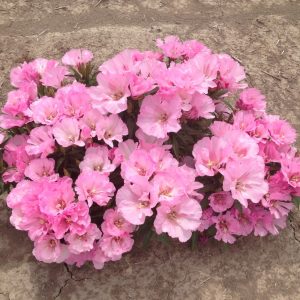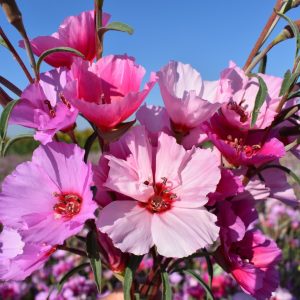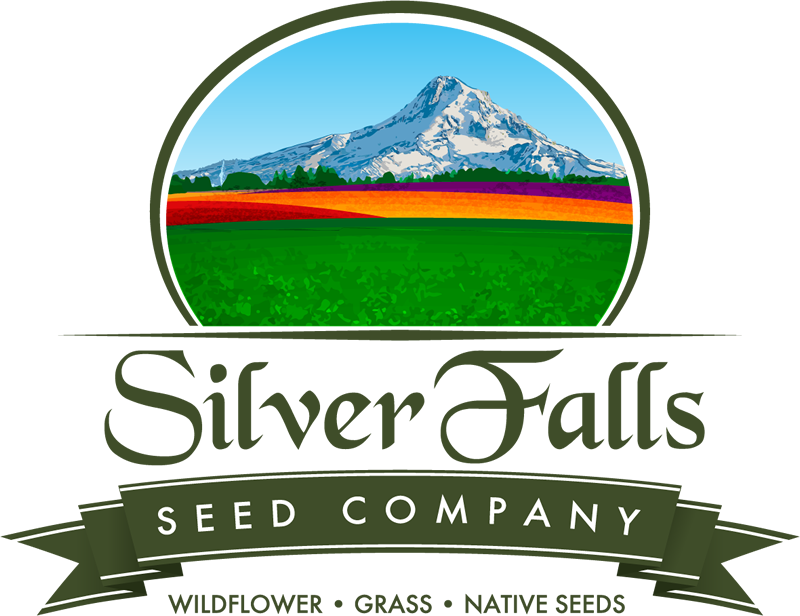Dames Rocket – Violet
$2.50 – $25.00
The Dames Rocket flower resembles phlox, but it belongs to the mustard family. It is native to Eurasia and has an appealing fragrance that is more pungent in the evening than during the day. Heavy fertilizer and moist, well-drained soil will help nurture this flower. Dames Rocket should be fall planted in an area where it will receive full sun or partial shade. Fall planting can lead to an early spring bloom in this flower’s first spring, though by its second there will be many more blossoms. This flower is a short-lived perennial and can reseed itself if the seeds make direct contact with the soil. Note that because this is a perennial this flower may not bloom the first year it is planted from seed. Perennials normally establish a plant the first year and then bloom the second year.
** This seed is considered an invasive species in many states and should not be planted in: Colorado, Connecticut, Massachusetts, Utah, Alaska and Wisconsin, Hawaii, Maine, New Hampshire, Rhode Island, West Virginia, Indiana, Kentucky and Pennsylvania. **
The broadcast rate for seeding is 16 – 20 pounds per acre.
The seed drill rate for seeding in rows is 8 pounds per acre.
| Purchasing Options | Price | Quantity | |
|---|---|---|---|
| Small Packet | $2.50 | ||
Covers approximately 20 square feet. |
|||
| 10 Gram | $3.00 | ||
Covers approximately 120 square feet. |
|||
| 1/4 Pound | $12.00 | ||
Covers approximately 1,360 square feet. |
|||
| 1 Pound | $25.00 | ||
Covers approximately 5,445 square feet. |
|||
| Scientific Name | Hesperis matronalis |
|---|---|
| Product Type | Flower |
| Cycle | Perennial |
| Color | Purple |
| Height | 30" |
| Light Requirement | Full Sun, Part Sun/Shade |
| Germination Time | 20-30 days |
| Weeks to Bloom | 6 to 8 weeks |
| USDA Zone | 3 to 9 |
| Origin | Introduced species |
| Planting Season | Spring, Fall |
| Bloom Season | Spring |
| Seeds Per Pound | 288,000 |
| Pollen/Nectar | Nectar, Pollen |
| Pollinator(s) | Bats, Birds, Butterflies, Honey Bees, Native Bees |
| Seeding Rate (lb./acre) | 8 |
| Notes | This plant is attractive to bees, butterflies and/or birds |
